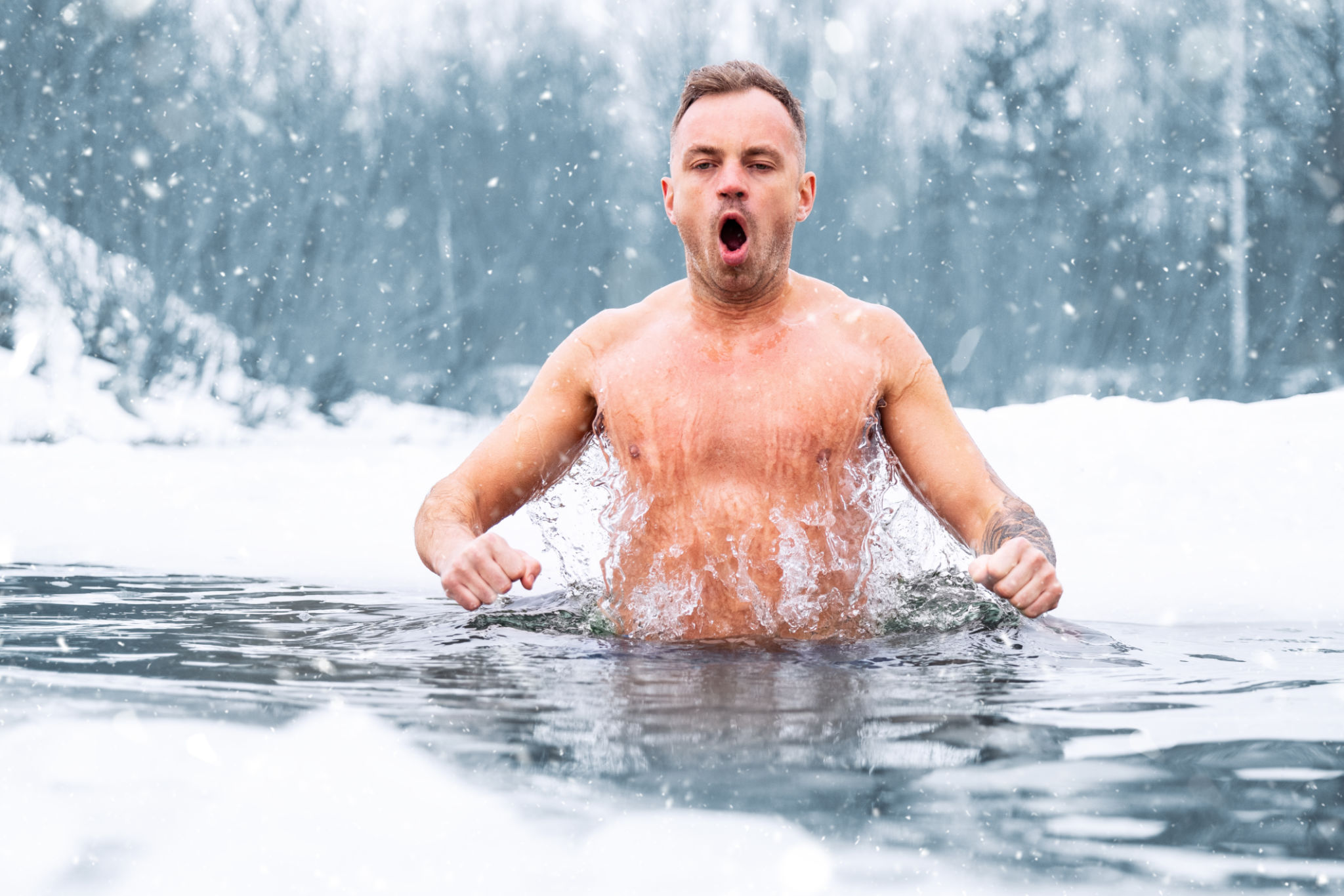The Ultimate Guide to Cold Plunge Therapy: Benefits and Best Practices
Understanding Cold Plunge Therapy
Cold plunge therapy, often referred to as cold water immersion, is a practice that involves immersing the body in cold water for a specific duration. This therapy has been used for centuries to promote health and wellness. The process typically involves using a tub or natural bodies of water like lakes or rivers, where temperatures are significantly lower.

The sudden exposure to cold temperatures triggers a series of physiological responses in the body, leading to a range of potential health benefits. Athletes and wellness enthusiasts have long advocated for its use due to these beneficial effects. Recently, it has gained popularity among the general public as a way to boost physical and mental health.
Benefits of Cold Plunge Therapy
Physical Health Benefits
Engaging in cold plunge therapy can offer numerous physical health benefits. One of the most well-known advantages is its anti-inflammatory effect, which can help reduce muscle soreness and accelerate recovery after intense physical activity. This is particularly beneficial for athletes seeking a quick recovery.
In addition to reducing inflammation, cold plunge therapy is believed to boost circulation. The cold exposure causes blood vessels to constrict, and when the body rewarms, it promotes increased blood flow and circulation, which can be beneficial for cardiovascular health. Furthermore, this therapy may help enhance the immune system by improving lymphatic circulation.

Mental Health Benefits
Beyond physical benefits, cold plunge therapy has been associated with several mental health improvements. The sudden immersion in cold water can trigger the release of endorphins, often referred to as the body's natural feel-good chemicals. This release can help alleviate symptoms of depression and anxiety, providing a natural mood boost.
Additionally, regular exposure to cold water can increase mental resilience. The practice requires overcoming initial discomfort, which can translate into enhanced mental toughness and an improved ability to handle stress in daily life. Many practitioners report feeling more energized and alert after their sessions.
Best Practices for Cold Plunge Therapy
Preparing for Your Session
Before starting cold plunge therapy, it is important to prepare adequately to ensure safety and maximize benefits. Begin with shorter durations and gradually increase as your body adapts to the cold. It's advisable to start with water temperatures around 50-59°F (10-15°C) and adjust based on personal comfort levels.

Always make sure you are in a safe environment with easy access to warmth afterward. It is also recommended to consult with a healthcare professional before beginning, especially if you have any pre-existing medical conditions or concerns about cold exposure.
During and After the Session
During the session, focus on your breathing. Deep, controlled breaths can help manage the shock from the cold and maintain calmness. Aim for short sessions initially, ranging from 1 to 3 minutes, and gradually increase as your tolerance improves.
After completing your cold plunge, it's crucial to warm up slowly with light exercises or a warm shower. This helps restore normal body temperature without shocking the system. Stay hydrated and pay attention to how your body feels post-session to adjust future practices accordingly.

Conclusion: Embracing Cold Plunge Therapy
Cold plunge therapy offers a unique combination of physical and mental health benefits that make it an appealing practice for many. Whether you're an athlete seeking faster recovery or someone looking to enhance overall well-being, this therapy can be a valuable addition to your wellness routine.
By following best practices and listening to your body's responses, you can safely enjoy the rejuvenating effects of cold water immersion. As with any wellness practice, consistency is key, so consider incorporating regular sessions into your schedule for optimal results.
